Foie gras is a French delicacy that has been enjoyed for centuries. It is a dish made from the liver of a duck or goose that has been fattened through force-feeding.
While it is considered a luxury food item, it has also been the subject of much controversy due to the ethical concerns surrounding its production.
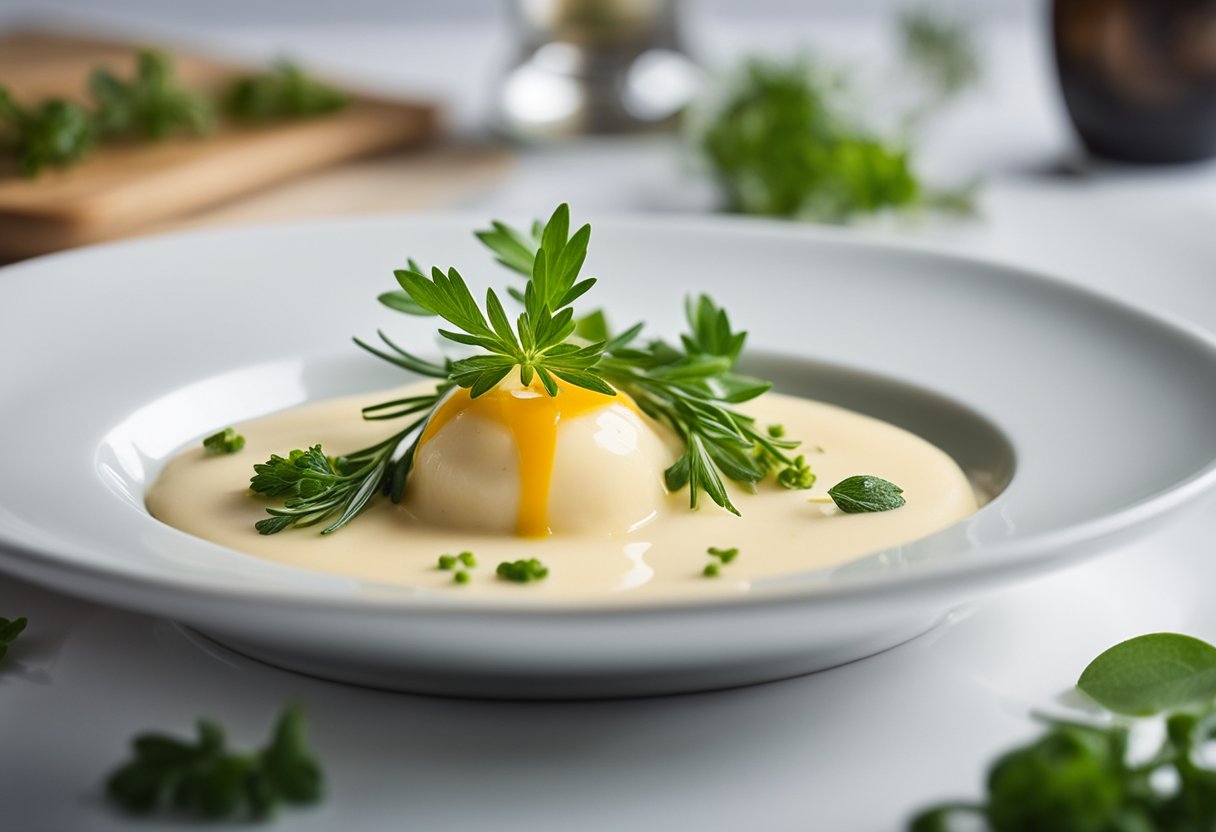
One of the most common questions asked about foie gras is what it tastes like. Foie gras has a unique taste and texture that is unlike any other food.
It is extremely rich and buttery, with a delicate texture that melts in your mouth. While it is often compared to liver pate, it has a much softer and more delicate flavor.
Key Takeaways
- Foie gras is a French delicacy made from the liver of a fattened duck or goose.
- Foie gras has a unique taste and texture that is extremely rich and buttery.
- While it is often compared to liver pate, it has a much softer and more delicate flavor.
What is Foie Gras
Foie gras is a luxury food item that is considered a French delicacy. It is made from the liver of a duck or goose that has been specially fattened. The term “foie gras” is French for “fat liver.”
The process of producing foie gras involves force-feeding the birds with a mixture of corn and fat, which causes their livers to become enlarged. This process is known as gavage, and it is controversial due to concerns about animal welfare.
Foie gras is typically served in slices, either cold or hot, and is often accompanied by sweet or savory sauces. It is also used as an ingredient in various dishes, such as pâtés, terrines, and mousses.
There are two main types of foie gras: goose liver and duck liver. Goose liver is generally considered to be of higher quality and is more expensive than duck liver. Foie gras entier is the highest quality of foie gras, made from a whole liver, while other grades may contain pieces of liver or other ingredients.
Overall, foie gras has a rich, buttery flavor and a smooth, creamy texture. It is a delicacy that is prized by many food enthusiasts, but its production remains controversial due to ethical concerns.
Production of Foie Gras
Foie gras is a controversial delicacy made from the liver of a duck or goose that has been force-fed to fatten it up. The production of foie gras has been the subject of much debate due to concerns about animal welfare and the ethical implications of force-feeding.
The process of producing foie gras typically involves gavage, a practice where a tube is inserted into the bird’s esophagus and food is pumped directly into the stomach. This process is repeated several times a day for several weeks until the bird’s liver has swollen to several times its normal size.
While some producers claim that the force-feeding process is not harmful to the birds, animal welfare advocates argue that it is cruel and can cause injury and illness. In some countries, including the UK and several US states, the production of foie gras is banned on animal welfare grounds.
There are different methods of producing foie gras, including traditional methods that involve free-range birds and modern methods that use intensive farming techniques. Some producers also use ethical and sustainable farming practices to produce foie gras that is considered to be more humane.
Despite the controversy surrounding its production, foie gras remains a popular delicacy in many parts of the world. Its rich, buttery flavor and delicate texture make it a favorite among foodies and chefs alike.
Ethical Concerns and Controversies
As a delicacy, foie gras has been surrounded by controversy for decades due to the ethical concerns surrounding its production. The most significant issue is the force-feeding of ducks or geese to fatten their livers, which many animal welfare activists and organizations argue is cruel and inhumane.
The process of force-feeding, also known as gavage, involves inserting a tube into the bird’s esophagus and pumping large amounts of food into their stomachs. This process can cause physical harm and distress to the birds, leading to injuries, infections, and even death.
As a result, many countries and regions have banned or restricted the production and sale of foie gras, including the United Kingdom, Germany, Italy, and California. In 2022, New York City also joined the list of places that have banned the sale of foie gras.
Producers and advocates of foie gras argue that force-feeding is not harmful to the birds and that they are well-cared for during the process. They also argue that foie gras is an important part of culinary tradition and culture, and that banning it would be an infringement on personal choice and freedom.
However, animal rights activists and organizations continue to push for a complete ban on foie gras production, citing ethical concerns and the inhumane treatment of animals. The debate surrounding foie gras and its production is likely to continue for years to come, as both sides hold firm in their beliefs and values.
In conclusion, while foie gras may be a delicacy enjoyed by many, its production is surrounded by ethical concerns and controversies. As consumers, we must consider the impact of our choices on animal welfare and the environment, and make informed decisions about the food we choose to consume.
Appearance and Texture
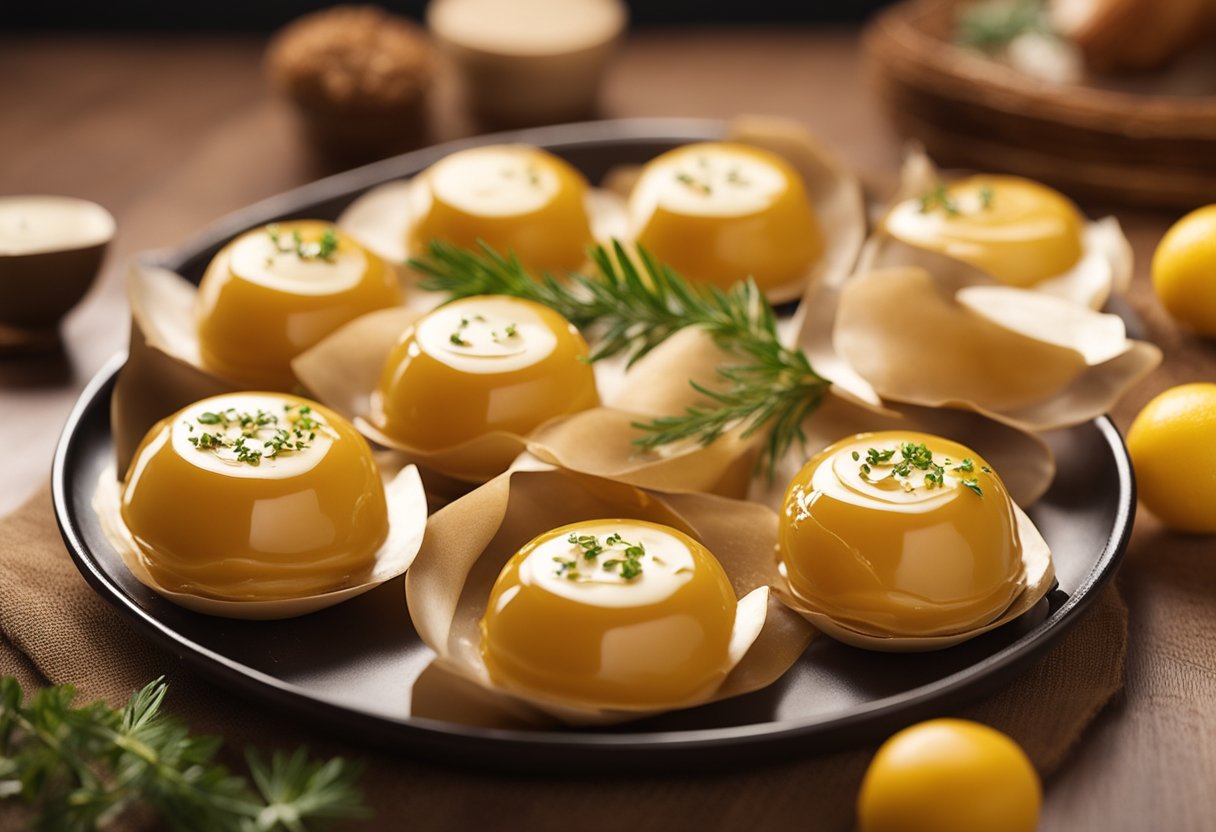
Foie gras has a smooth and creamy texture that is unlike any other food. It is often described as buttery and velvety, with a melt-in-your-mouth sensation that is truly unique. The texture is achieved through a combination of the high-fat content of the liver and the preparation method.
When it comes to appearance, foie gras can vary depending on the type of preparation. Bloc de foie gras is a block of at least 98% foie gras that has been cooked and then chilled. It has a smooth and uniform appearance, with a pale yellow color and a glossy sheen.
On the other hand, foie gras terrine is a type of pâté made from foie gras and other ingredients. It has a coarser texture and a more rustic appearance, with visible pieces of liver and other ingredients.
Regardless of the preparation method, foie gras is known for its high fat content. This is what gives it its creamy texture and rich flavor. The fat content can vary depending on the type of poultry used, with goose liver generally having a higher fat content than duck liver.
In summary, foie gras has a unique appearance and texture that is both creamy and fatty. It can be prepared in different ways, each with its own distinct appearance and texture.
Taste Profile of Foie Gras
Foie gras is a luxury food that has been enjoyed for centuries. It is made from the liver of a duck or goose that has been specially fattened. The taste of foie gras is often described as rich, buttery, and savory. It has a smooth, creamy texture that melts in your mouth.
When you taste foie gras, you will notice a unique combination of flavors. It has a sweet and nutty taste, with hints of pepper and other spices. Some people describe the taste as meat-flavored butter, which is a good way to understand its rich and creamy texture.
The flavor profile of foie gras can vary depending on the type of poultry and the preparation method. Goose liver has a milder, less intense taste compared to duck liver, which has a stronger flavor and more fat content.
Bloc de foie gras, which is a block comprising of at least 98% foie gras, has a more intense flavor than other types of foie gras.
Foie gras also has an intense burst of umami, which is the fifth taste sensation after sweet, sour, salty, and bitter. This gives it a unique and complex flavor profile that is highly sought after by food connoisseurs.
In summary, foie gras has a rich, buttery, and savory taste with a sweet and nutty flavor profile. It has a smooth and creamy texture that melts in your mouth and a unique combination of spices and umami that make it a highly sought-after delicacy.
Ingredients and Seasoning
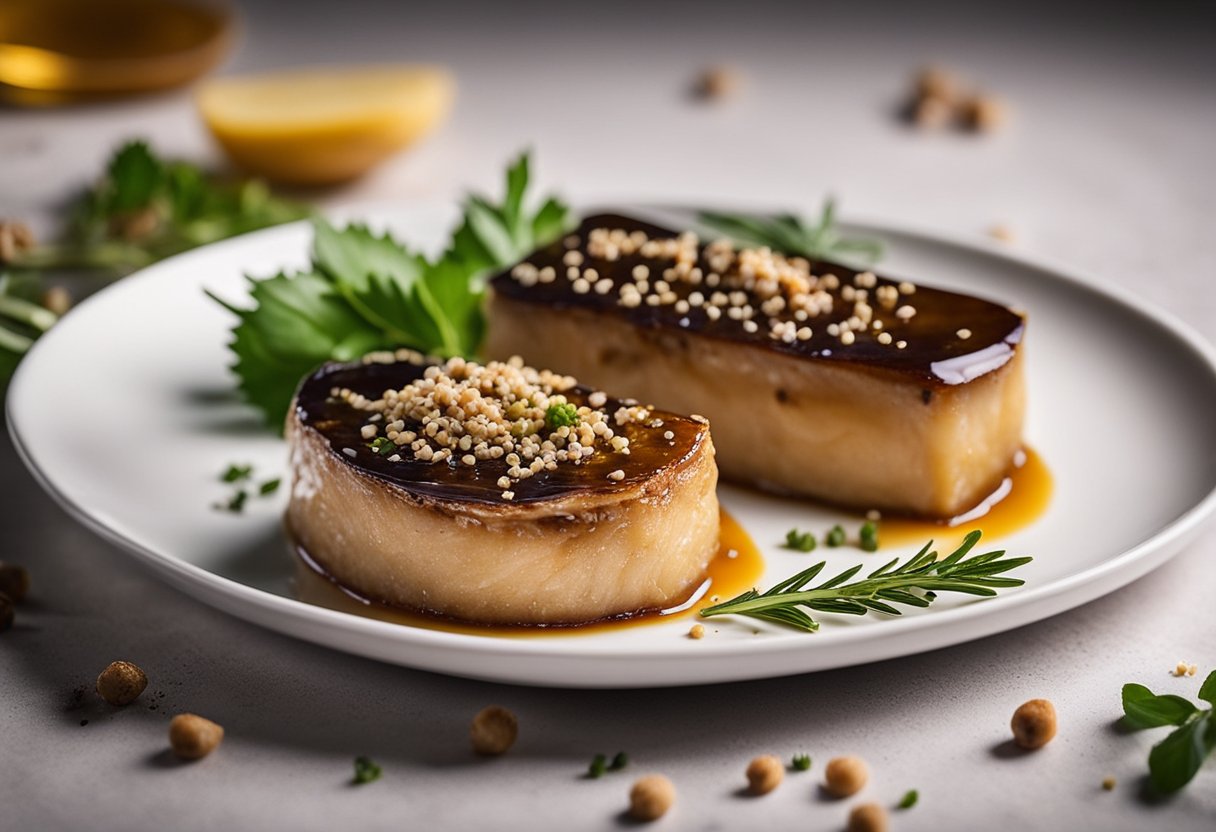
When it comes to the taste of foie gras, the ingredients and seasoning play a crucial role. Foie gras is made from the liver of a duck or goose that has been fattened, resulting in a rich, buttery flavor and a delicate texture that melts in your mouth.
Salt and pepper are the most common seasonings used to enhance the natural flavor of foie gras. However, some chefs also add truffle oil or vinegar to give it a more complex flavor profile. The addition of fruit, such as figs or cherries, can also complement the richness of the foie gras.
When it comes to seasoning foie gras, it’s important to use high-quality ingredients. The liver is the star of the dish, so it’s essential to use fresh, high-quality liver. Additionally, using high-quality salt and pepper can make a significant difference in the overall taste of the dish.
Some chefs also use a special seasoning blend to enhance the flavor of the foie gras. This blend may include a combination of salt, pepper, and other spices such as cinnamon, nutmeg, or ginger. The seasoning blend is typically applied to the liver before cooking to ensure that the flavors are infused throughout the dish.
Overall, the ingredients and seasoning used in foie gras can significantly impact the taste of the dish. A skilled chef will carefully choose the ingredients and seasonings to create a dish that is both delicious and well-balanced.
Cooking Methods
When it comes to cooking foie gras, there are a variety of methods that can be used to enhance its flavor and texture. One of the most popular methods is searing, which involves quickly cooking the foie gras on high heat to create a crispy outer layer while maintaining a soft and creamy interior.
To sear foie gras, it is important to start with a high-quality piece of foie gras and to let it come to room temperature before cooking.
This will help ensure that the foie gras cooks evenly and doesn’t become tough or overcooked. Once the foie gras is at room temperature, it can be seasoned with salt and pepper and seared in a hot pan with a little bit of oil or butter.
Another popular method for cooking foie gras is sautéing, which involves cooking the foie gras in a pan with a small amount of fat until it is golden brown on both sides. This method is great for creating a crispy exterior while still maintaining a creamy interior.
For those who prefer a more delicate flavor, poaching is another option. To poach foie gras, it is important to use a flavorful liquid such as chicken or beef stock, and to cook the foie gras at a low temperature for a longer period of time.
This will help keep the foie gras tender and moist, while infusing it with a rich and savory flavor.
Overall, there are many different ways to cook foie gras, and each method can bring out different flavors and textures in this luxurious ingredient.
Whether you prefer searing, sautéing, or poaching, there is no doubt that foie gras is a versatile and delicious ingredient that can be used in a wide range of recipes and cooking styles.
Foie Gras Dishes and Varieties
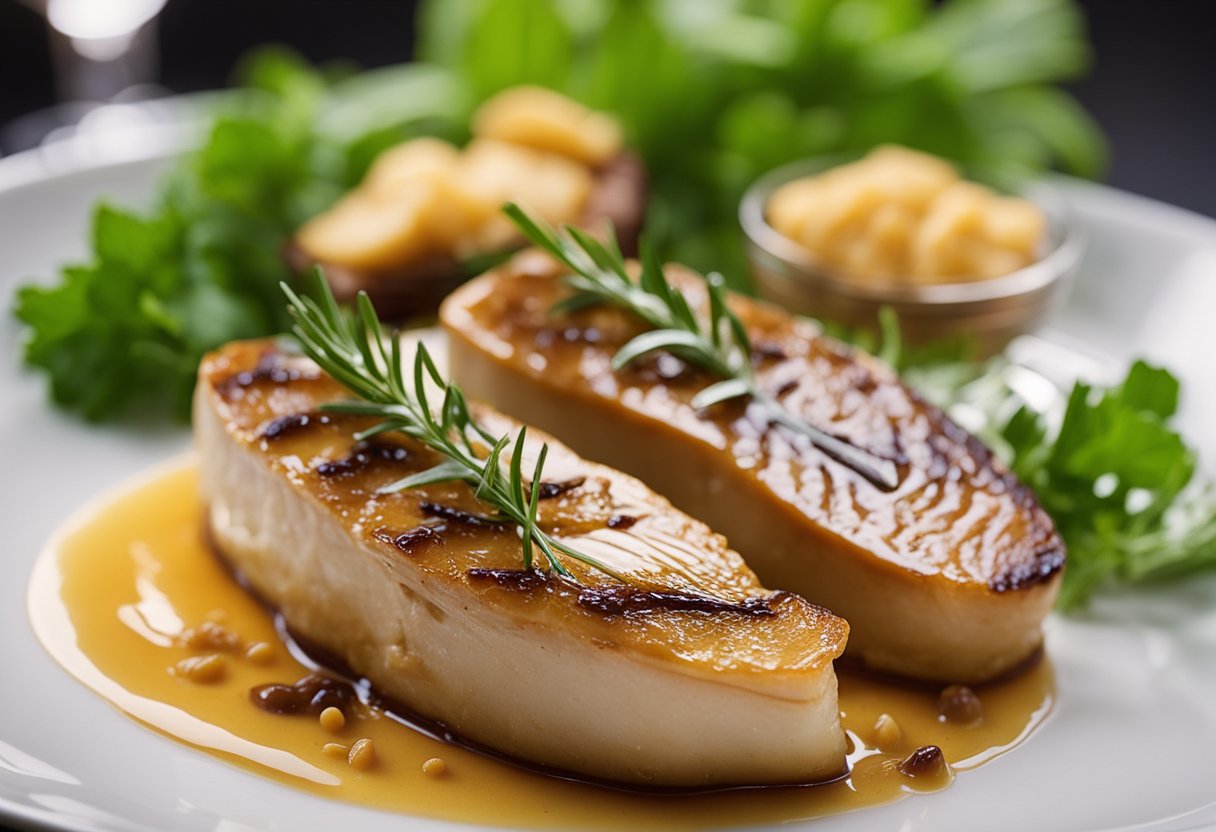
I have tasted foie gras in various forms, and I must say that each preparation has a unique flavor and texture. Here are some of the common forms of foie gras dishes and varieties that I have come across:
Foie Gras Pâté
Foie gras pâté is a smooth and creamy spread made from foie gras and other ingredients like butter, cream, and spices. It is usually served as an appetizer with crackers or bread. The pâté has a rich, buttery flavor with a hint of liver taste. I have also come across foie gras pâté with added flavors like truffle or port wine.
Seared Foie Gras
Seared foie gras is a popular dish that involves pan-searing a slice of foie gras until it develops a crispy crust while still being soft and creamy on the inside. It is usually served with fruit compote or a sweet sauce like balsamic reduction. The dish has a delicate texture with a rich, buttery flavor that melts in your mouth.
Foie Gras Terrine
Foie gras terrine is a type of pâté that is baked in a terrine dish. It is usually made from foie gras, other meats like pork or chicken, and spices. The terrine has a firm texture and can be served cold or at room temperature. It has a rich, buttery flavor with a hint of liver taste.
Foie Gras Mousse
Foie gras mousse is a light and airy spread made from foie gras, cream, and other ingredients. It is usually served as an appetizer with crackers or bread. The mousse has a smooth texture and a rich, buttery flavor. Some varieties of foie gras mousse also have added flavors like truffle or port wine.
Bloc de Foie Gras
Bloc de foie gras is a type of foie gras pâté that is made from whole pieces of foie gras. It has a firm texture and is usually served cold or at room temperature. The bloc de foie gras has a rich, buttery flavor with a hint of liver taste.
Overall, foie gras is a delicacy that can be prepared in various forms, each with its unique flavor and texture. Whether you prefer it as a pâté, mousse, spread, or terrine, foie gras is a dish that is sure to impress.
Pairing Foie Gras with Wine
As a food lover, I know that pairing the right wine with a dish can enhance the overall dining experience. Foie gras is a delicacy that requires a wine that can complement its rich, buttery flavor and velvety texture. Here are some wine pairing suggestions that can elevate the taste of foie gras.
Sauternes
Sauternes is a sweet white wine that has captivating notes of apricot, butterscotch, caramel, ginger, and citrus. It is the traditional choice to pair with foie gras because it stands up well to rich and creamy textures.
The sweetness of Sauternes also helps balance out the liver’s saltiness, while the acidity cuts through the richness of the dish. Some excellent Sauternes options to consider are Chateau Rieussec or Chateau d’Yquem.
Port
Port is a fortified wine that is rich, sweet, and full-bodied. It has a deep, ruby color and a complex flavor profile that includes notes of dark fruit, chocolate, and spice.
Port pairs well with foie gras because its sweetness complements the richness of the dish, while its tannins cut through the fat. Some excellent port options to consider are Taylor Fladgate Late Bottled Vintage and Graham’s 10-Year-Old Tawny Port.
White Wine
A dry white wine can also be an excellent pairing option for foie gras. The wine’s acidity can help cut through the richness of the dish, while its fruitiness can complement the liver’s flavor. A Chardonnay or a Pinot Gris can be a good option to consider.
Armagnac
Armagnac is a type of brandy that is produced in the Armagnac region of France. It is a rich and complex spirit that has notes of fruit, spice, and oak. Armagnac pairs well with foie gras because its complexity can match the dish’s richness.
It can also help cleanse the palate between bites. Some excellent Armagnac options to consider are Chateau du Tariquet, Domaine de Charron, and Chateau de Laubade.
In conclusion, pairing the right wine with foie gras can enhance the dining experience and bring out the best in this delicacy. Whether you prefer a sweet Sauternes, a rich port, a dry white wine, or a complex Armagnac, there is a wine out there that can complement the rich and buttery flavor of foie gras.
Where to Buy and How to Store Foie Gras
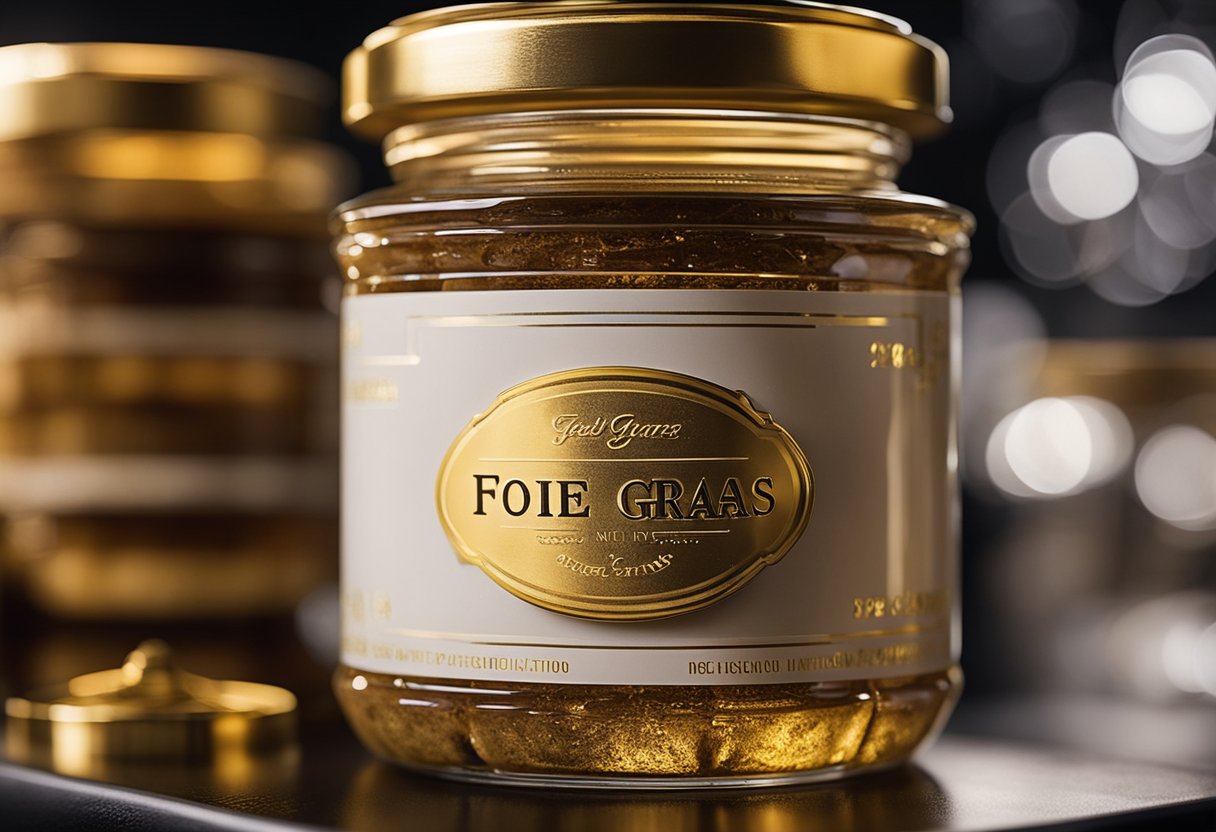
As a food enthusiast, I have tasted foie gras in many restaurants and have fallen in love with its unique flavor and texture. If you’re looking to purchase foie gras, you can find it in many upscale restaurants and specialty food stores.
Foie gras can be quite expensive due to its delicacy and the labor-intensive process of producing it. However, you can also purchase it online from reputable sellers.
One such seller is Marky’s, which offers a variety of foie gras products, including whole duck foie gras with port wine and duck foie gras mousse.
When it comes to storing foie gras, it is important to keep it refrigerated at all times. Fresh foie gras can be stored in a refrigerator at 4°C for several months, while semi-cooked foie gras can be stored for several weeks at a temperature of 1-3°C.
Canned foie gras can be stored at room temperature until opened, at which point it should be refrigerated and consumed within a few days.
It is important to note that foie gras is a perishable product and should be consumed within a reasonable amount of time. Always check the expiration date before purchasing and consuming foie gras.
In summary, foie gras can be purchased from upscale restaurants, specialty food stores, and reputable online sellers such as Marky’s. To ensure its freshness and quality, it should be stored in a refrigerator at all times and consumed within a reasonable amount of time.
Foie Gras in French Cuisine
Foie gras is a delicacy that has been a part of French cuisine for centuries. It is a gastronomic delight that is often enjoyed during special occasions such as Christmas.
In French law, foie gras specifically refers to the liver of force-fed fattened goose or duck. It is a controversial food item due to the method of its production, but it remains a popular dish in high-end French restaurants.
Foie gras is often served as a terrine or pâté, accompanied by brioche or toasted bread. The rich and buttery flavor of foie gras pairs well with the sweetness of figs and the crunch of toasted bread. It is also used as a filling for various dishes such as ravioli and stuffed chicken breast.
Foie gras is an integral part of French gastronomy and is often featured in high-end restaurants and Michelin-starred establishments. It is a delicacy that is highly prized for its unique taste and texture, and it is often served as a symbol of luxury and indulgence.
In conclusion, foie gras is a highly prized delicacy in French cuisine, known for its rich and buttery flavor and unique texture. While controversial due to its production method, it remains a popular dish in high-end French restaurants and is often enjoyed during special occasions such as Christmas.
Frequently Asked Questions
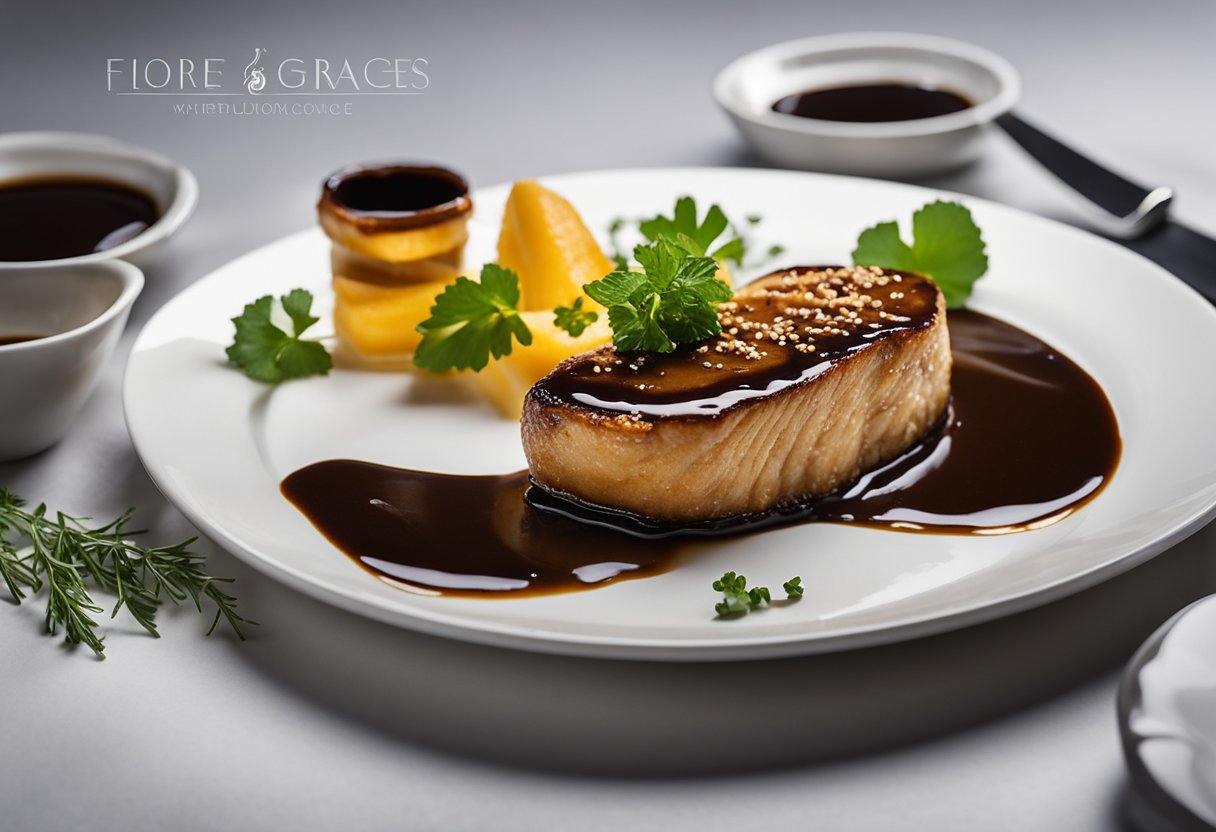
Is foie gras healthy?
Foie gras is a delicacy that is high in calories and fat. While it contains some nutrients like iron and vitamin B12, it is not considered a healthy food. It is best enjoyed in moderation as part of a balanced diet.
What is the texture of foie gras?
Foie gras has a unique texture that is soft and velvety. It is delicate and melts in your mouth, leaving a rich and buttery sensation. The texture can vary depending on the preparation method and the type of poultry used.
How is foie gras made?
Foie gras is made by force-feeding ducks or geese to fatten their livers. This process, known as gavage, is controversial and has been banned in some countries. The liver is then harvested and processed into foie gras.
What is foie gras similar to?
Foie gras has a flavor that is often compared to liver pate or slowly braised beef cheek. It has a rich and buttery taste that is unique and difficult to describe. The taste can vary depending on the preparation method and the type of poultry used.
Does foie gras taste good?
The taste of foie gras is a matter of personal preference. Some people find it delicious and enjoy its rich and buttery flavor, while others find it too rich and overpowering. It is a delicacy that is best enjoyed in small portions.
Is foie gras cruel?
The production of foie gras is controversial and has been criticized for its inhumane treatment of ducks and geese. The force-feeding process can cause pain and discomfort to the birds and can lead to health problems. Some countries have banned the production and sale of foie gras due to animal welfare concerns.







